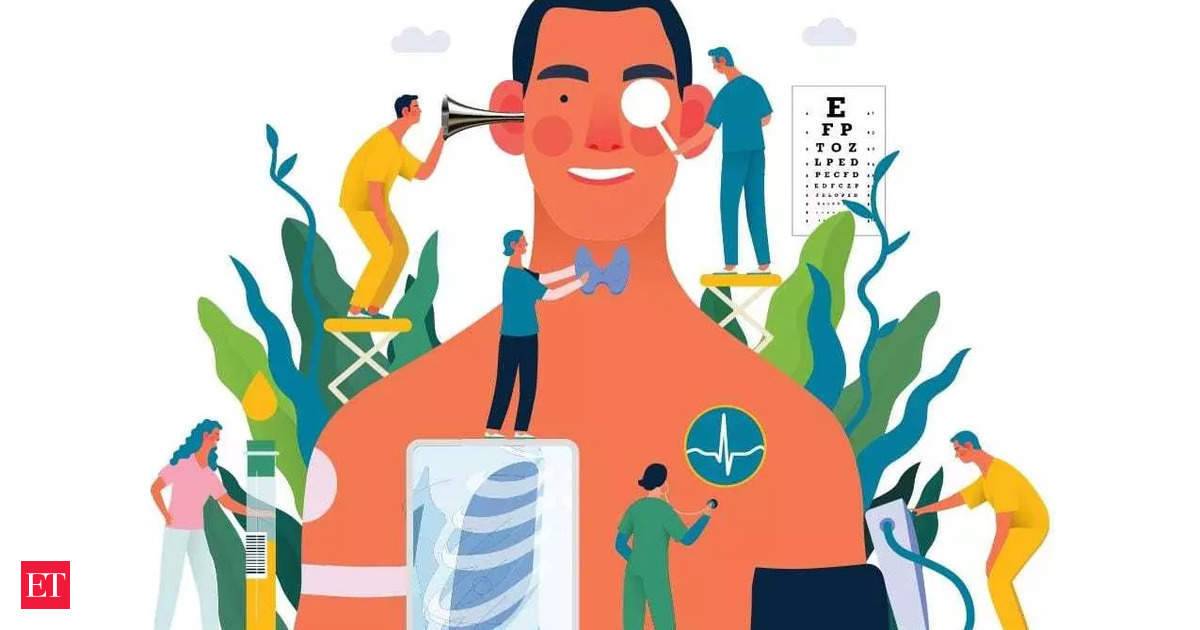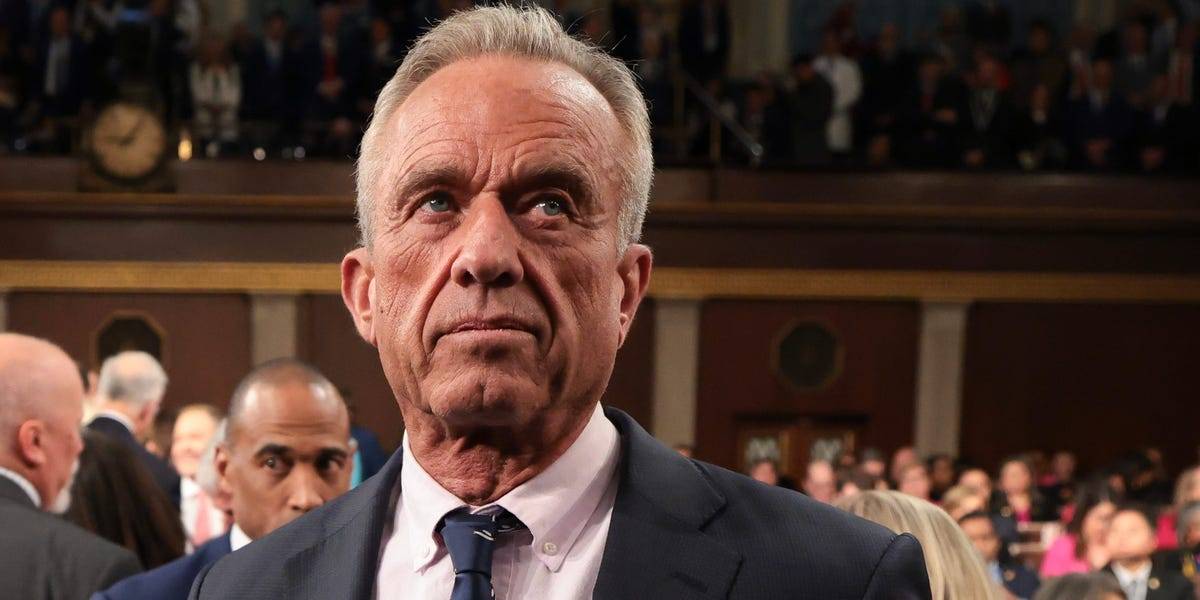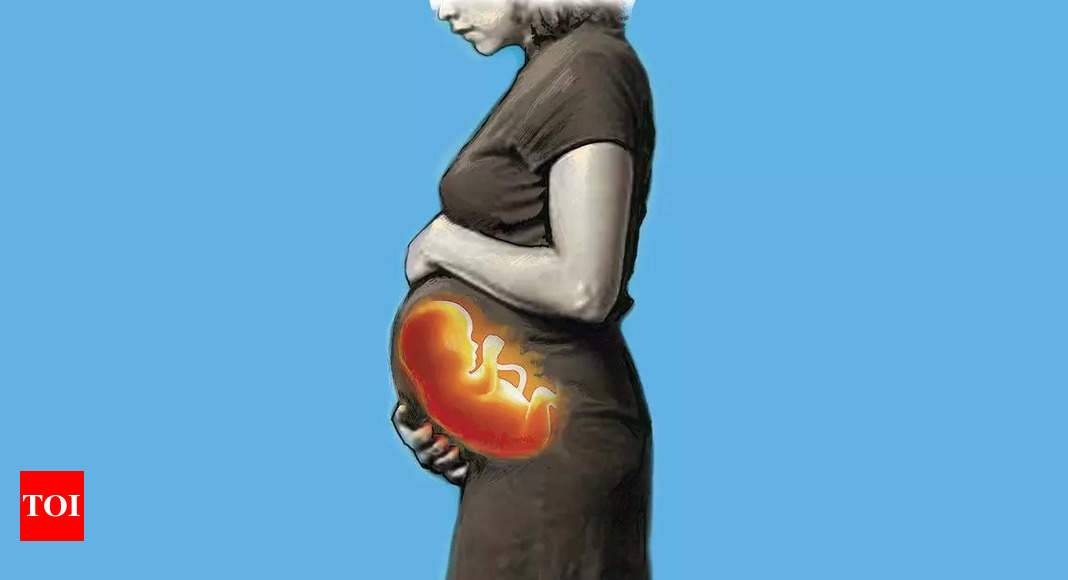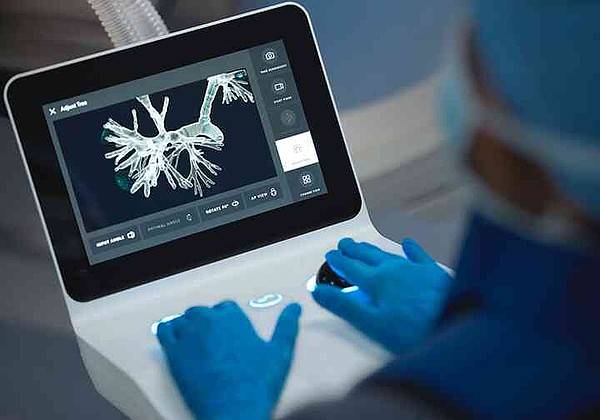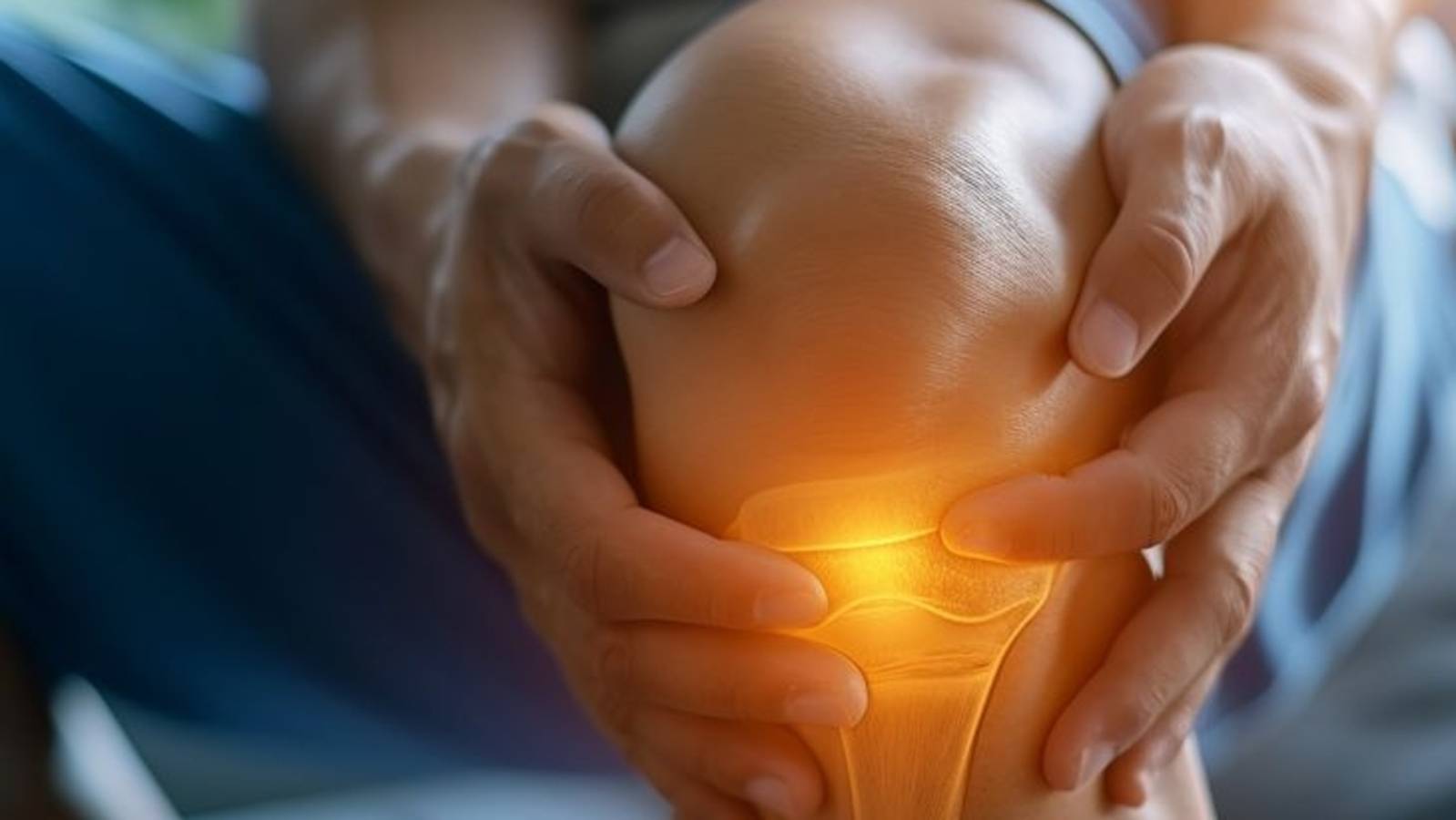When 42-year-old Rahul Sharma experienced chest pain during his morning jog in Mumbai last month, he dismissed it as muscle strain. The tech executive had always considered himself healthy—he didn’t smoke, drank occasionally, and maintained what he thought was a reasonable diet. The diagnosis of pre-diabetic conditions and hypertension shocked him.
“My doctor told me I represented a growing trend in urban India,” Rahul recalls. “Apparently, my 70-hour work weeks, stress, and convenience foods had caught up with me.”
Rahul’s case illustrates a concerning health crisis sweeping across India. A comprehensive report by the Associated Chambers of Commerce and Industry of India (ASSOCHAM) reveals that lifestyle diseases have reached epidemic proportions among Indians of all age groups. The study warns that conditions like diabetes, hypertension, and cardiovascular disease are striking earlier in life than ever before.
Dr. Meenakshi Jain, an endocrinologist at Delhi’s Apollo Hospital, sees the effects firsthand. “Twenty years ago, type 2 diabetes typically appeared in patients over 50. Now, I routinely diagnose patients in their 30s and sometimes even teenagers,” she explains.
The report highlights several alarming statistics. Nearly 35% of Indians now suffer from at least one lifestyle-related chronic condition. More troubling is the projection that by 2030, India may have the highest number of cardiac patients globally, with cardiovascular diseases becoming the leading cause of death.
Economic impacts compound the human toll. The ASSOCHAM study estimates that lifestyle diseases cost the Indian economy approximately $4.58 trillion between 2012 and 2030 in lost productivity and healthcare expenses.
Dr. Vikram Sharma, public health expert and contributor to the report, attributes this crisis to rapid urbanization, sedentary lifestyles, and dietary shifts toward processed foods. “The transition happened too quickly for our healthcare system to adapt,” he notes. “We’re still primarily focused on treating diseases rather than preventing them.”
The report’s most urgent recommendation calls for a fundamental shift toward preventive healthcare. Currently, less than 10% of India’s healthcare budget focuses on prevention, while over 70% addresses curative measures for existing conditions.
In response, the Ministry of Health has announced plans to expand the National Programme for Prevention and Control of Cancer, Diabetes, Cardiovascular Diseases and Stroke (NPCDCS). The enhanced program will include more screening centers in rural areas and workplace health initiatives in urban settings.
Some private corporations are already implementing preventive measures. Bangalore-based Infosys introduced comprehensive wellness programs, including stress management, nutrition counseling, and fitness facilities. Their annual health data shows a 23% reduction in lifestyle disease indicators among participating employees.
“Prevention isn’t just about individual choices,” explains Dr. Lakshmi Nair, nutritionist and public health advocate. “We need structural changes—better urban planning with green spaces, improved food labeling, and health education starting in primary schools.”
For patients like Rahul, the wake-up call came just in time. Six months of lifestyle modifications have improved his health markers significantly. “I’ve restructured my work schedule, practice yoga daily, and completely changed my relationship with food,” he says. “I wish I’d understood the risks sooner.”
As India continues its rapid economic growth, addressing this health epidemic requires coordinated action from government, healthcare providers, corporations, and individuals. The transition from treatment-focused to prevention-centered healthcare represents not just a medical necessity, but an economic imperative for India’s future.
For more information on lifestyle disease prevention, visit Epochedge health or stay updated on healthcare policy developments at Epochedge news.

